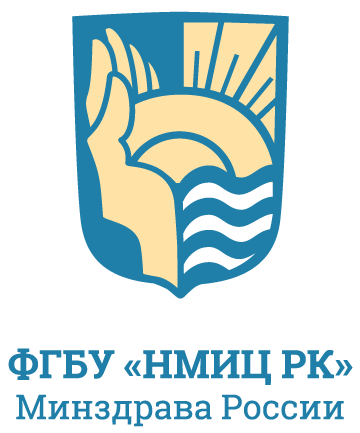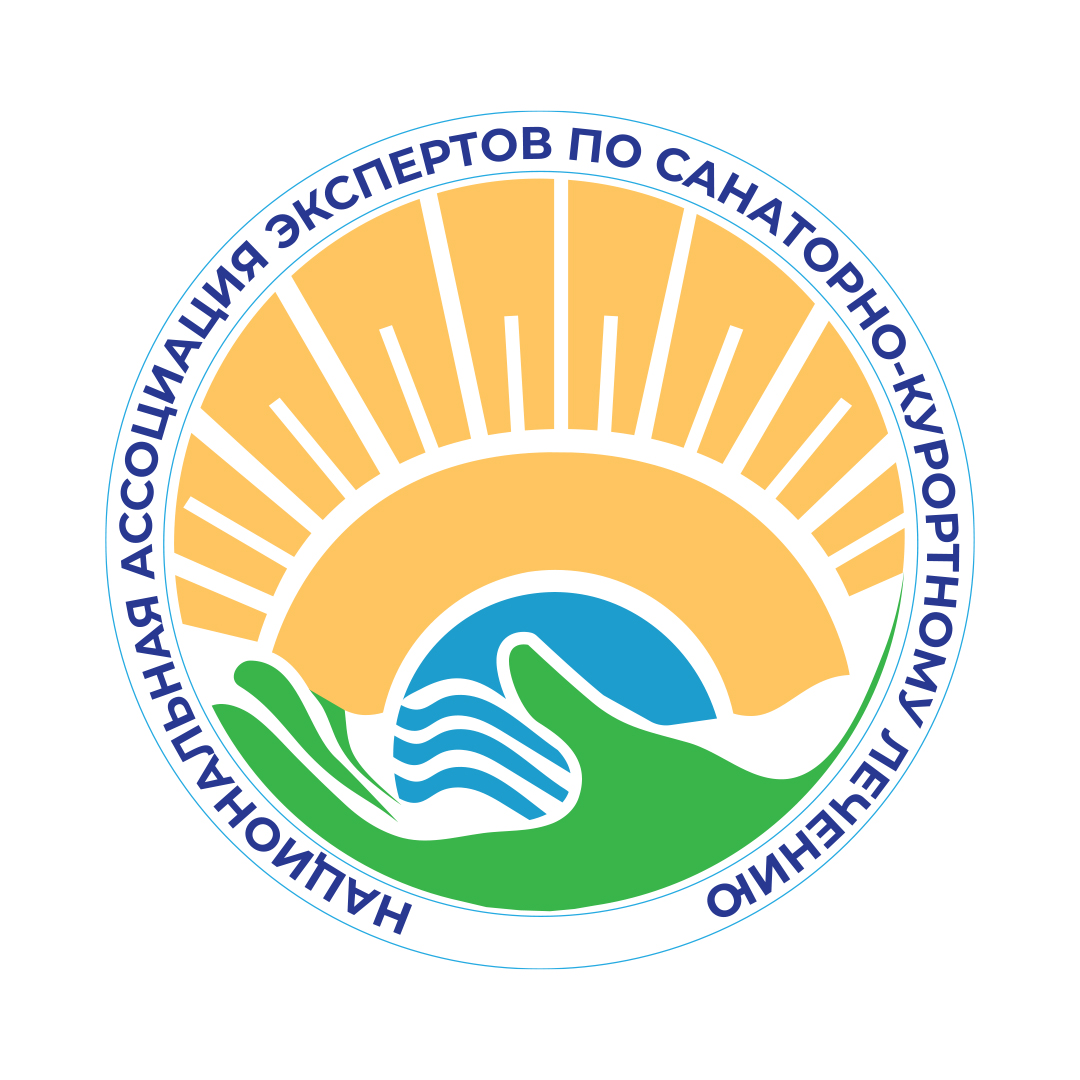Выпуск 3-22, 2023
Оригинальная статья
Реабилитация нарушений ходьбы и баланса при рассеянном склерозе с помощью прогрессивной тренировки мощности с сопротивлением: рандомизированное контролируемое исследование
1 ![]() Макшаков Г.С., 2
Макшаков Г.С., 2 ![]() Мазур А.П., 2
Мазур А.П., 2 ![]() Садовских М.О., 1
Садовских М.О., 1 ![]() Воинова К.В., 1
Воинова К.В., 1 ![]() Черненко А.Ю., 1
Черненко А.Ю., 1![]() Калинин И.В., 1
Калинин И.В., 1 ![]() Евдошенко Е.П.
Евдошенко Е.П.
1 Городской центр рассеянного склероза, СПб ГБУЗ Городская клиническая больница № 31, Санкт-Петербург, Россия
2 ФГБОУ ВО «Первый Санкт-Петербургский государственный медицинский университет имени академика
И.П. Павлова» Минздрава России, Санкт-Петербург, Россия
РЕЗЮМЕ
ВВЕДЕНИЕ. Прогрессивные тренировки с сопротивлением (ПТС) считаются эффективным инструментом в реабилитации пациентов с рассеянным склерозом (РС), однако их эффективность в сравнении с другими методиками физической реабилитации еще предстоит выяснить.
ЦЕЛЬ. Целью данного исследования была оценка эффективности и безопасности ПТС для улучшения походки и баланса у пациентов с РС по сравнению со стандартной программой реабилитации.
МАТЕРИАЛЫ И МЕТОДЫ. 60 пациентов с РС были равномерно распределены в контрольную группу (КГ) и группу ПТС (ПГ). Тренировку в обеих группах проводили 5 раз в неделю в течение 4 недель. Первичной конечной точкой был процент пациентов с улучшением показателей теста 6-минутной ходьбы выше минимальных клинически значимых изменений в обеих группах. Тесты скорости (тест ходьбы на 25 футов (T25FW) и баланса ходьбы (тест «Встань и иди»), скорость ходьбы, оценка силы произвольного изометрического сокращения на доминантной и недоминантной ноге, а также тесты качества жизни (когнитивные и физические домены) на 4-й неделе использовались в качестве вторичных конечных точек.
РЕЗУЛЬТАТЫ. В ПГ 17/27 (63 %) пациентов достигли первичной конечной точки по сравнению с 11/23 (48 %) в КГ, что не составило статистически значимой разницы (p = 0,89). Пациенты в ПГ, но не в КГ показали значительное улучшение в тесте на T25FW и тесте «Встань и иди». Мышечная сила улучшилась в обеих группах, однако пациенты из ПГ показали в основном улучшение силы сгибателей бедра недоминантной ноги, а также в сгибателях коленного сустава и разгибателях стоп, в то время как пациенты из КГ показали улучшение сгибателей бедра на обеих ногах. Показатели качества жизни значимо улучшились в обеих группах. На 4-й неделе статистически значимых различий между группами по всем исследуемым конечным точкам не наблюдалось.
ОБСУЖДЕНИЕ. В обеих группах значимые увеличения дистанции и скорости ходьбы не позволили достичь первичную конечную точку. Было показано, что ПТС обеспечивает статистически значимое улучшение скорости ходьбы на короткие расстояния, что могло произойти из-за положительного влияния на скорость развития силы мышечного сокращения, увеличивая скорость ходьбы и улучшая баланс при ходьбе. Увеличение мышечной силы происходило в тренируемых мышечных группах и имело различия между группами исследования. Данный результат мог быть получен как из-за непосредственной тренировки определенных мышечных групп, так и вследствие феномена контралатерального переноса.
ЗАКЛЮЧЕНИЕ. Прогрессивные тренировки с сопротивлением могут иметь некоторые преимущества по сравнению со стандартной программой, что требует дальнейшего изучения.
КЛЮЧЕВЫЕ СЛОВА: рассеянный склероз, реабилитация, физические упражнения, тренировка с сопротивлением, силовая тренировка
ИСТОЧНИК ФИНАНСИРОВАНИЯ: Авторы заявляют об отсутствии финансирования при проведении исследования.
КОНФЛИКТ ИНТЕРЕСОВ: Авторы декларируют отсутствие явных и потенциальных конфликтов интересов, связанных с публикацией настоящей статьи.
ДЛЯ ЦИТИРОВАНИЯ:
Макшаков Г.С., Мазур А.П., Садовских М.О., Воинова К.В., Черненко А.Ю., Калинин И.В., Евдошенко Е.П. Реабилитация нарушений ходьбы и баланса при рассеянном склерозе с помощью прогрессивной тренировки мощности с сопротивлением: рандомизированное контролируемое исследование. Вестник восстановительной медицины. 2023; 22(3): 17-18. https://doi.org/10.38025/2078-1962-2023-22-3-17-28 [Makshakov G.S., Mazur A.P., Sadovskikh M.O., Voinova K.V., Chernenko A.Yu., Kalinin I.V., Evdoshenko E.P. Rehabilitation of Gate and Balance Disorders in Multiple Sclerosis using Progressive Resistance Power Training: a Randomized Controlled Study. Bulletin of Rehabilitation Medicine. 2023; 22(3): 17-18. https://doi.org/10.38025/2078-1962-2023-22-3-17-28 (In Russ.).]
Список литературы:
1. Pearson M., Dieberg G., Smart N. Exercise as a therapy for improvement of walking ability in adults with multiple sclerosis: A meta-analysis. Archives of Physical Medicine and Rehabilitation. 2015; 96(7): 1339–1348. https://doi.org/10.1016/j.apmr.2015.02.011
2. Jørgensen M., Dalgas U., Wens I., Hvid L. Muscle Strength and power in persons with multiple sclerosis — A systematic review and meta-analysis. Journal of the Neurological Sciences. 2017; (376): 225–241. https://doi.org/10.1016/j.jns.2017.03.022
3. Cruickshank T.M., Reyes A.R., Ziman M.R. A systematic review and meta-analysis of strength training in individuals with multiple sclerosis or parkinson disease. Medicine. 2015; 94(4): e411. https://doi.org/10.1097/md.0000000000000411
4. Latimer-Cheung A.E., Pilutti L.A., Hicks A.L. et al. Effects of exercise training on fitness, mobility, fatigue, and health-related quality of life among adults with multiple sclerosis: A systematic review to inform guideline development. Archives of Physical Medicine and Rehabilitation. 2013; 94(9): 1800–1828. https://doi.org/10.1016/j.apmr.2013.04.020
5. Snook E.M., Motl R.W. Effect of exercise training on walking mobility in multiple sclerosis: A meta-analysis. Neurorehabilitation and Neural Repair. 2008; 23(2): 108–116. https://doi.org/10.1177/1545968308320641
6. Rietberg M.B., Brooks D., Uitdehaag B.M., Kwakkel G. Exercise therapy for multiple sclerosis. Cochrane Database of Systematic Reviews. 2005. https://doi.org/10.1002/14651858.cd003980.pub2
7. Dalgas U., Stenager E., Jakobsen J. et al. Resistance training improves muscle strength and functional capacity in multiple sclerosis. Neurology. 2009; 73(18): 1478–1484. https://doi.org/10.1212/wnl.0b013e3181bf98b4
8. Dalgas U., Stenager E., Ingemann-Hansen T. Review: Multiple sclerosis and physical exercise: Recommendations for the application of resistance-, endurance- and combined training. Multiple Sclerosis Journal. 2008; 14(1): 35–53. https://doi.org/10.1177/1352458507079445
9. Kjølhede T., Vissing K., Dalgas U. Multiple sclerosis and progressive resistance training: A systematic review. Multiple Sclerosis Journal. 2012; 18(9): 1215–1228. https://doi.org/10.1177/1352458512437418
10. White L.J., McCoy S.C., Castellano V. et al. Resistance training improves strength and functional capacity in persons with multiple sclerosis. Multiple Sclerosis Journal. 2004; 10(6): 668–674. https://doi.org/10.1191/1352458504ms1088oa
11. Aagaard P., Suetta C., Caserotti P. et al. Role of the nervous system in sarcopenia and muscle atrophy with aging: Strength training as a countermeasure. Scandinavian Journal of Medicine & Science in Sports. 2010; 20(1): 49–64. https://doi.org/10.1111/j.1600-0838.2009.01084.x
12. Aagaard P., Andersen J.L., Bennekou M. et al. Effects of resistance training on endurance capacity and muscle fiber composition in young top-level cyclists. Scandinavian Journal of Medicine & Science in Sports. 2011; 21(6). https://doi.org/10.1111/j.1600-0838.2010.01283.x
13. Andersen L.L., Andersen J.L., Zebis M.K., Aagaard P. Early and late rate of force development: Differential Adaptive Responses to resistance training? Scandinavian Journal of Medicine & Science in Sports. 2010; 20(1). https://doi.org/10.1111/j.1600-0838.2009.00933.x
14. Gruber M., Gollhofer A. Impact of sensorimotor training on the rate of force development and Neural Activation. European Journal of Applied Physiology. 2004; 92(1–2): 98–105. https://doi.org/10.1007/s00421-004-1080‑y
15. Andreu‐Caravaca L., Ramos‐Campo D.J., Chung L.H. et al. Effects of fast‐velocity concentric resistance training in people with multiple sclerosis: A randomized controlled trial. Acta Neurologica Scandinavica. 2022; 146(5): 652–661. https://doi.org/10.1111/ane.13704
16. Andreu-Caravaca L., Ramos-Campo D.J., Chung L.H. et al. Fast-velocity resistance training improves force development and mobility in multiple sclerosis. International Journal of Sports Medicine. 2021; 43(07): 593–599. https://doi.org/10.1055/a-1710-1492
17. Воинова К.В., Макшаков Г.С., Евдошенко Е.П. Реабилитация ходьбы и баланса при рассеянном склерозе с помощью прогрессивных тренировок мощности с отягощением: опыт пилотного исследования. Физическая и реабилитационная медицина, медицинская реабилитация. 2021; 3(3): 260–269. https://doi.org/10.36425/rehab77932
18. Baert I., Freeman J., Smedal T. et al. Responsiveness and clinically meaningful improvement, according to disability level, of five walking measures after rehabilitation in multiple sclerosis. Neurorehabilitation and Neural Repair. 2014; 28(7): 621–631. https://doi.org/10.1177/1545968314521010
19. Kjølhede T., Vissing K., de Place L. et al. Neuromuscular adaptations to long-term progressive resistance training translates to improved functional capacity for people with multiple sclerosis and is maintained at follow-up. Multiple Sclerosis Journal. 2014; 21(5): 599–611. https://doi.org/10.1177/1352458514549402
20. Broekmans T., Roelants M., Feys P. et al. Effects of long-term resistance training and simultaneous electro-stimulation on muscle strength and functional mobility in multiple sclerosis. Multiple Sclerosis Journal. 2010; 17(4): 468–477. https://doi.org/10.1177/1352458510391339
21. Callesen J., Cattaneo D., Brincks J. et al. How do resistance training and balance and motor control training affect gait performance and fatigue impact in people with multiple sclerosis? A randomized controlled multi-center study. Multiple Sclerosis Journal. 2019; 26(11): 1420–1432. https://doi.org/10.1177/1352458519865740
22. Dodd K., Taylor N., Shields N. et al. Progressive resistance training did not improve walking but can improve muscle performance, quality of life and fatigue in adults with multiple sclerosis: A randomized controlled trial. Multiple Sclerosis Journal. 2011; 17(11): 1362–1374. https://doi.org/10.1177/1352458511409084
23. Marsh A.P., Miller M.E., Rejeski W.J. et al. Lower extremity muscle function after strength or power training in older adults. Journal of Aging and Physical Activity. 2009; 17(4): 416–443. https://doi.org/10.1123/japa.17.4.416
24. Han L., Yang F. Strength or power, which is more important to prevent slip-related falls? Human Movement Science. 2015; (44): 192–200. https://doi.org/10.1016/j.humov.2015.09.001
25. Medina-Perez C., de Souza-Teixeira F., Fernandez-Gonzalo R., Hernandez-Murua J.A., Antonio de Paz-Fernandez J. Effects of high-speed power training on muscle strength and power in patients with multiple sclerosis. Journal of Rehabilitation Research and Development. 2016; 53(3): 359–368.
26. Stepanova A., Makshakov G., Kulyakhtin A. et al. Improvement of gait and balance in patients with multiple sclerosis after multidisciplinary physical rehabilitation: Analysis of real-world data in Russia. Multiple Sclerosis and Related Disorders. 2022; (59): 103640. https://doi.org/10.1016/j.msard.2022.103640
27. Taul-Madsen L., Riemenschneider M., Jørgensen M.L.K. et al. Identification of disability status in persons with multiple sclerosis by lower limb neuromuscular function — emphasis on rate of force development. Multiple Sclerosis and Related Disorders. 2022; (67): 104082. https://doi.org/10.1016/j.msard.2022.104082
28. Manca A., Cabboi M.P., Ortu E. et al. Effect of contralateral strength training on muscle weakness in people with multiple sclerosis: Proof-of-concept case series. Physical Therapy. 2016; 96(6): 828–838. https://doi.org/10.2522/ptj.20150299
29. Manca A. et al. Resistance training for muscle weakness in multiple sclerosis: Direct versus contralateral approach in individuals with ankle dorsiflexors’ disparity in strength. Archives of Physical Medicine and Rehabilitation. 2017; 98(7). https://doi.org/10.1016/j.apmr.2017.02.019
30. Manca A. et al. Gait changes following direct versus contralateral strength training: A randomized controlled pilot study in individuals with multiple sclerosis. Gait & Posture. 2020; (78): 13–18. https://doi.org/10.1016/j.gaitpost.2020.02.017
31. Bowen W., Frazer A.K., Tallent J. et al. Unilateral strength training imparts a cross-education effect in unilateral knee osteoarthritis patients. Journal of Functional Morphology and Kinesiology. 2022; 7(4): 77. https://doi.org/10.3390/jfmk7040077
32. Green L.A., Gabriel D.A. The effect of unilateral training on contralateral limb strength in young, older, and patient populations: A meta-analysis of Cross Education. Physical Therapy Reviews. 2018; 23(4-5): 238–249. https://doi.org/10.1080/10833196.2018.1499272
33. Broekmans T., Gijbels D., Eijnde B.O. et al. The relationship between upper leg muscle strength and walking capacity in persons with multiple sclerosis. Multiple Sclerosis Journal. 2012; 19(1): 112–119. https://doi.org/10.1177/1352458512444497

Контент доступен под лицензией Creative Commons Attribution 4.0 License.
©
Эта статья открытого доступа по лицензии CC BY 4.0. Издательство: ФГБУ «НМИЦ РК» Минздрава России.




